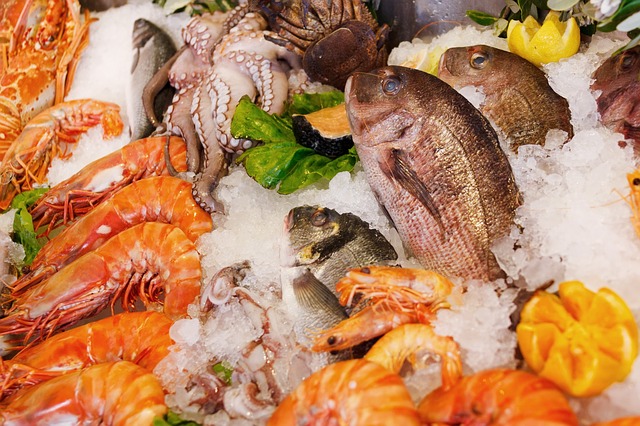
Balancing Risks and Rewards of a Seafood Diet
We hear that eating fish is important for a healthy diet. But we also hear that we should be cautious of fish that pick up contaminants from polluted waters.
So should we be eating more seafood? And if the answer is yes, then what should we think about when selecting fish to eat?
These are issues that continue to challenge nutritionists and toxicologists, along with state and federal health officials. It turns out that eating fish is important, but some fish are more nutrient-rich than others.
March 10, 2015 | Source: Investigate West | by Christopher Dunagan
We hear that eating fish is important for a healthy diet. But we also hear that we should be cautious of fish that pick up contaminants from polluted waters.
So should we be eating more seafood? And if the answer is yes, then what should we think about when selecting fish to eat?
These are issues that continue to challenge nutritionists and toxicologists, along with state and federal health officials. It turns out that eating fish is important, but some fish are more nutrient-rich than others.
At the same time, if you want to protect yourself against dangerous chemicals, you must examine other lists — ones that indicate mercury, polychlorinated biphenyls (PCBs) and other chemicals pose health concerns when eating certain types of fish.
According to David McBride, a toxicologist with the Washington State Department of Health, dietary advice generally balances the benefits of eating fish against the risks, steering people toward the types of fish high in nutrients but low in toxics.
“Balancing the risks is not easy,” McBride said. “But we definitely don’t want people to take fish off the table.”
Meanwhile, in a new initiative before the Legislature, Gov. Jay Inslee has proposed a law that focuses not only on the effects of specific chemicals of concern but also how such chemicals work their way into state waters, into fish and eventually into humans.
Under his proposal, “chemical action plans” would address ongoing sources of persistent chemicals — such as PCBs, which are still getting into waterways despite a U.S. ban on their manufacture in 1977. The action plans also would tackle “emerging chemicals of concern,” a large category of chemicals found in consumer products, many of which require more study and a search for alternatives when harmful effects are found.
While the Legislature has been contemplating Inslee’s proposal this year, Washington Department of Ecology is going down a separate path in reviewing the state’s water-quality standards. These are specified limits for 96 chemicals found in water and aquatic animals — including those we eat. When a body of water meets the standards, those waters are deemed clean enough to comply with the federal Clean Water Act.
